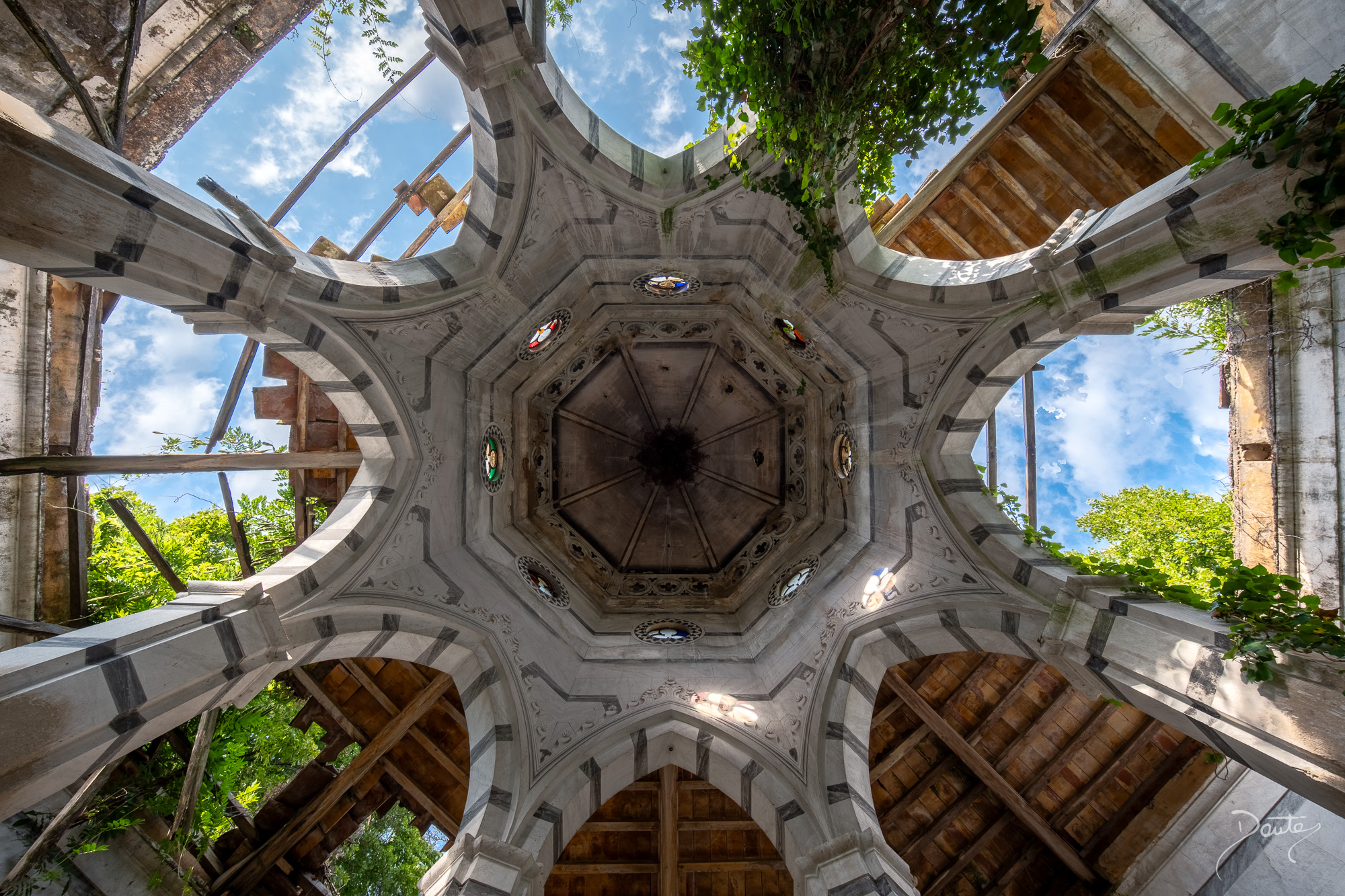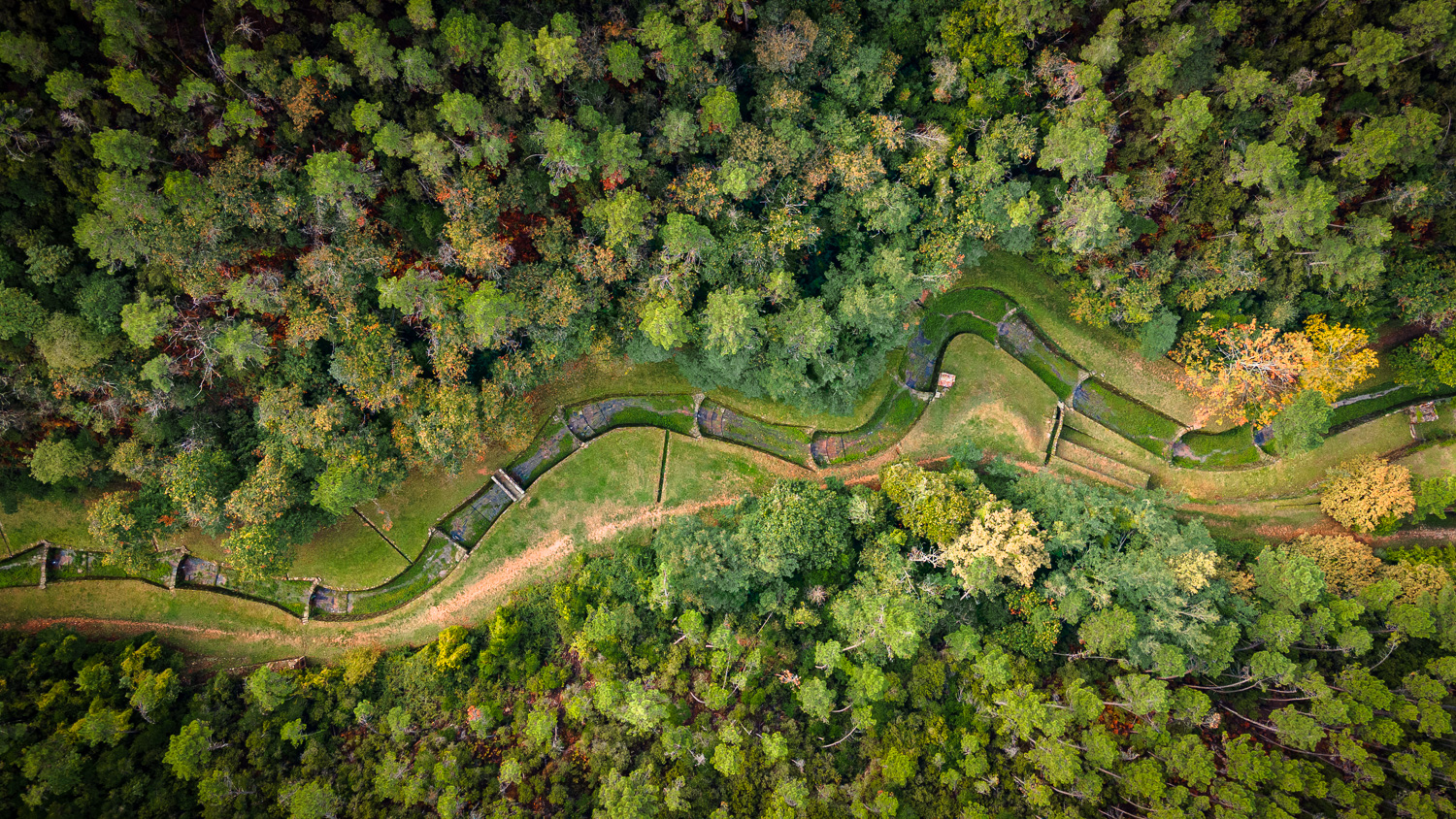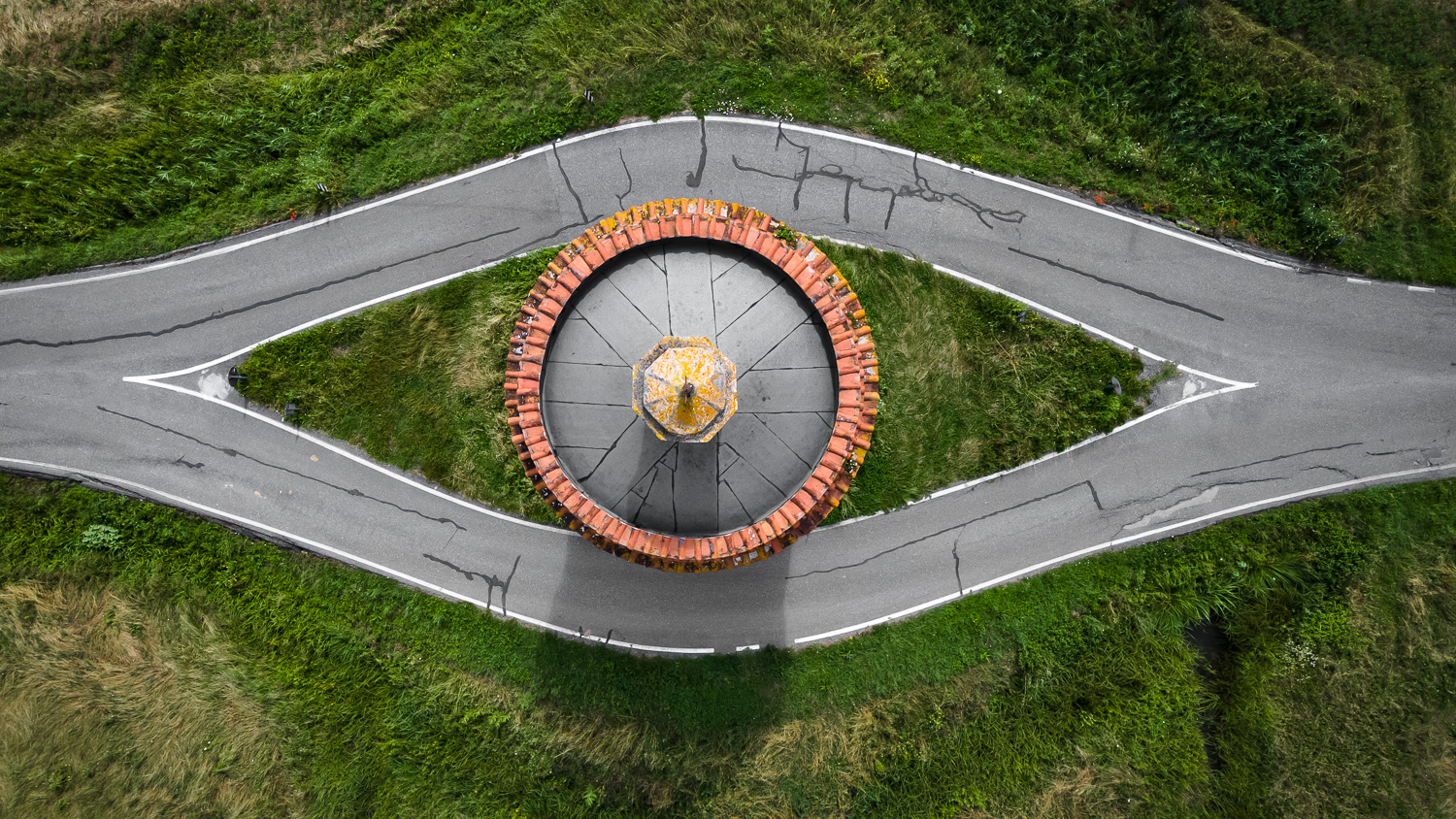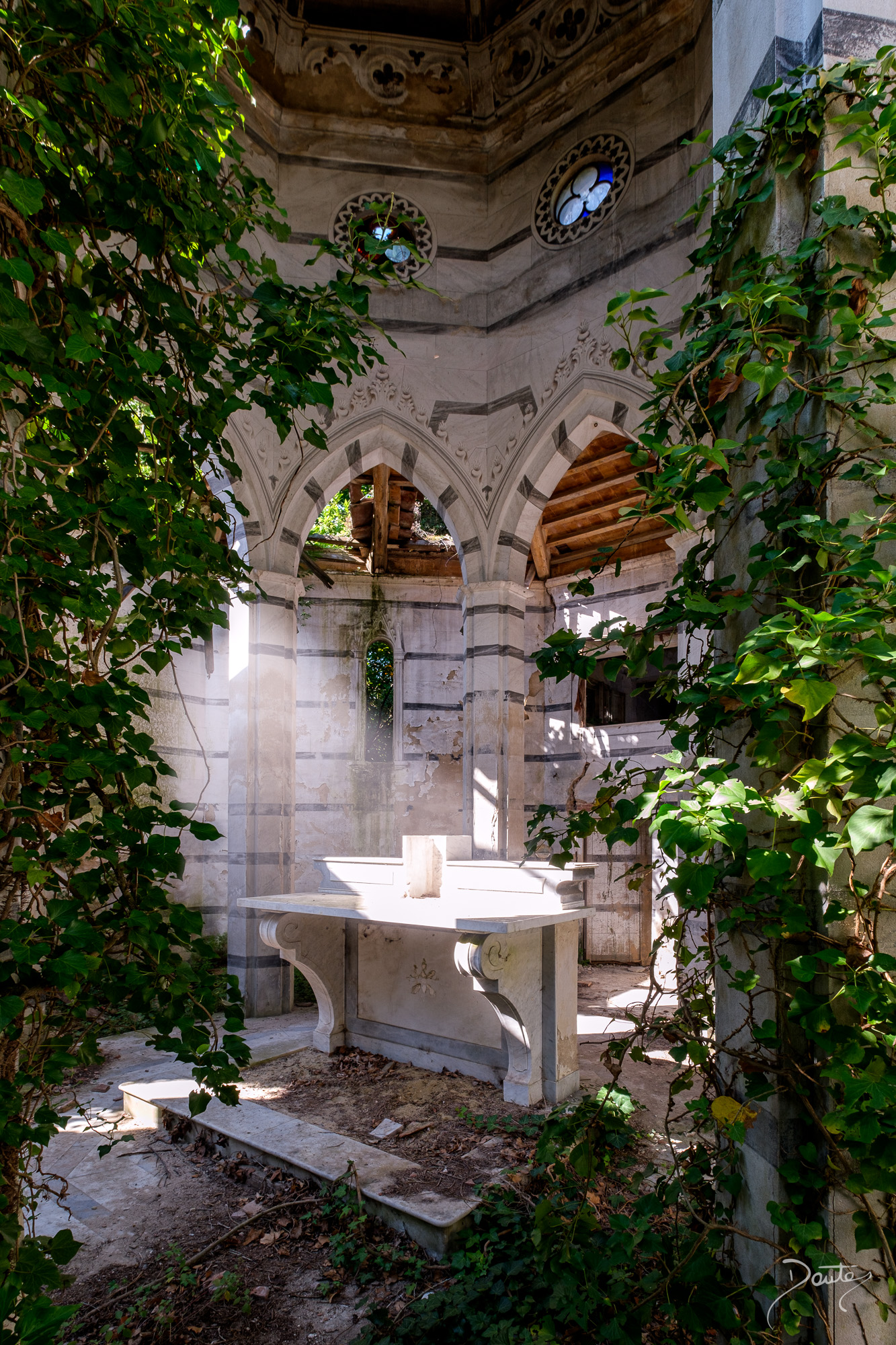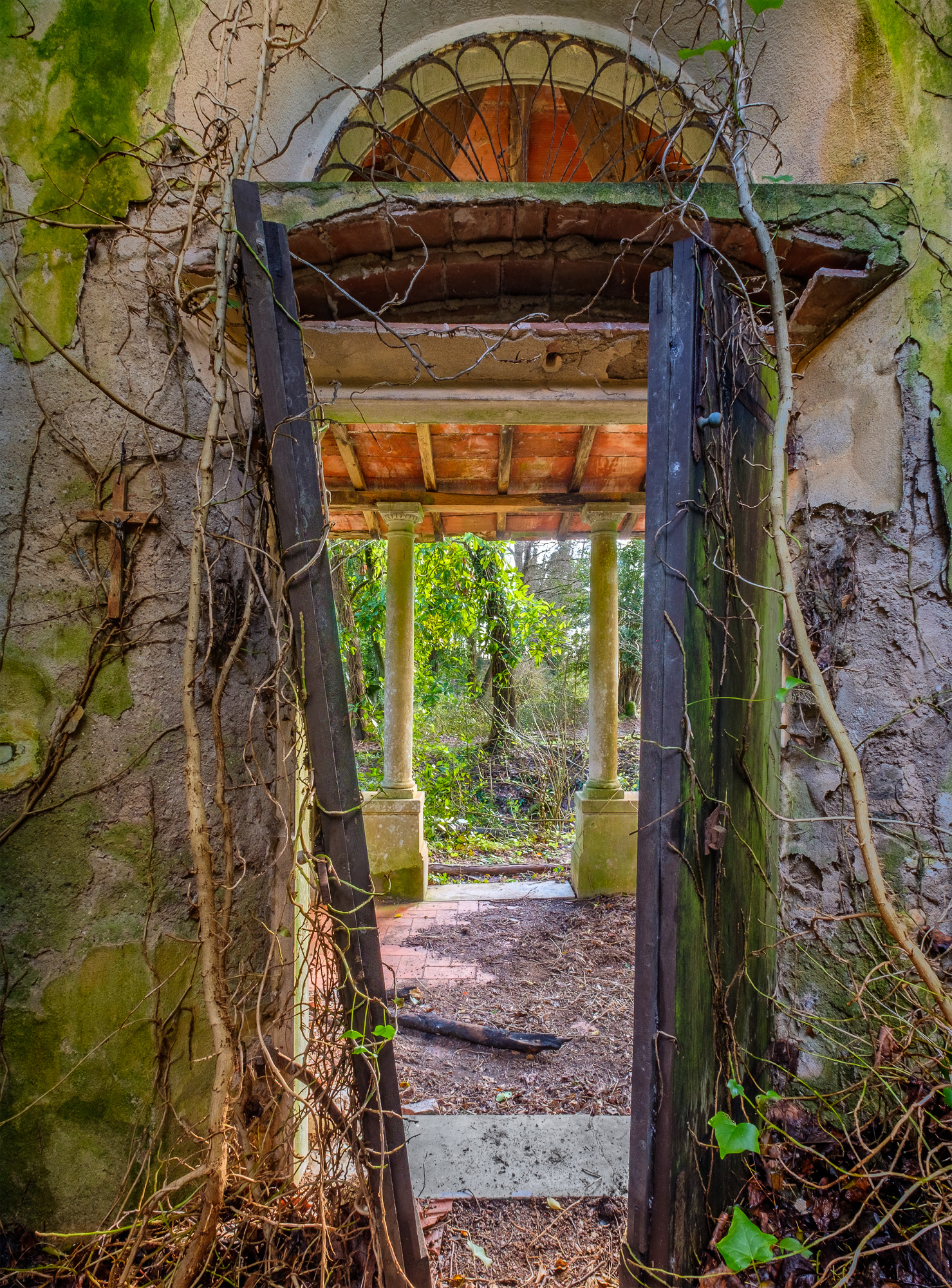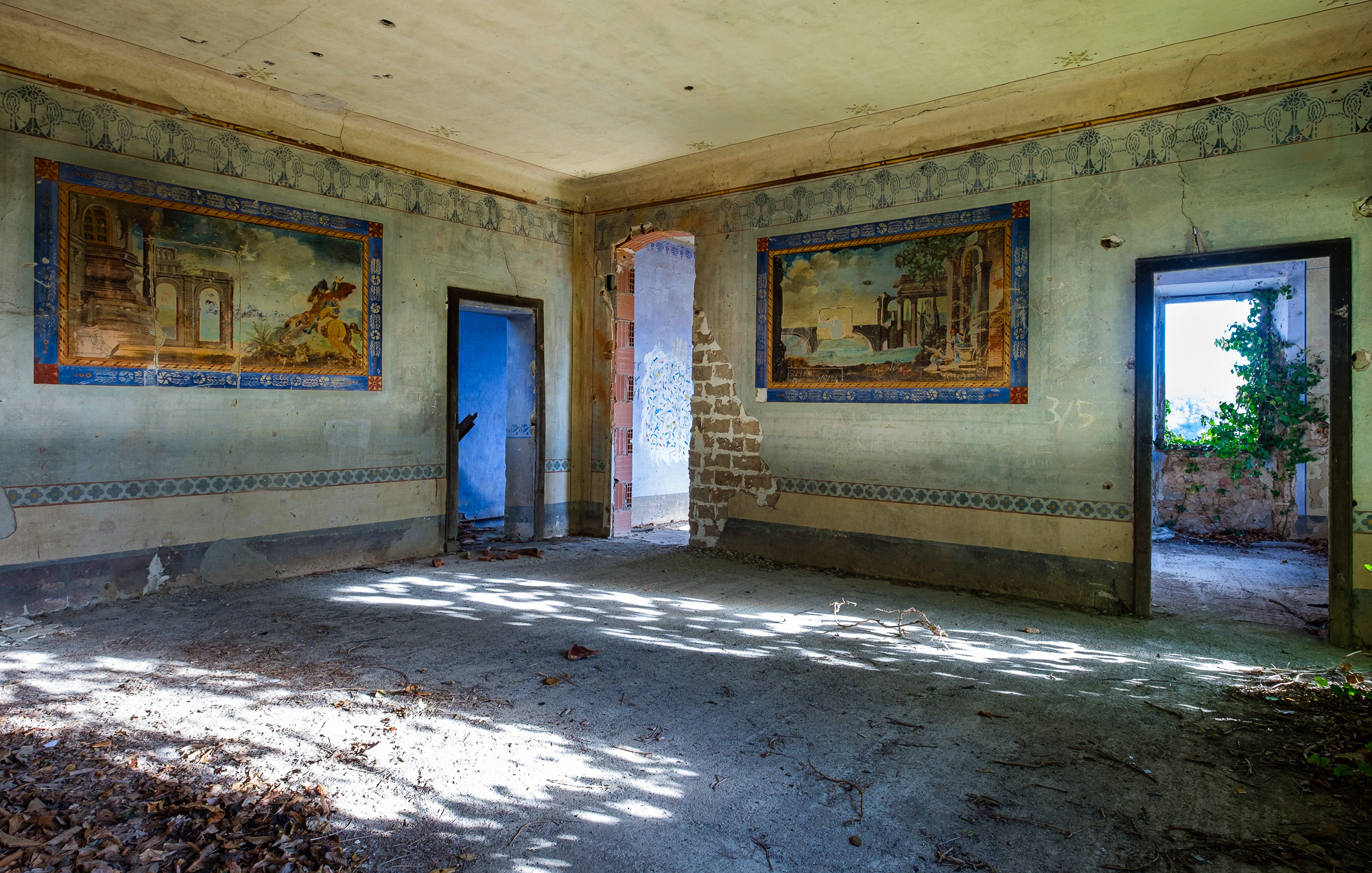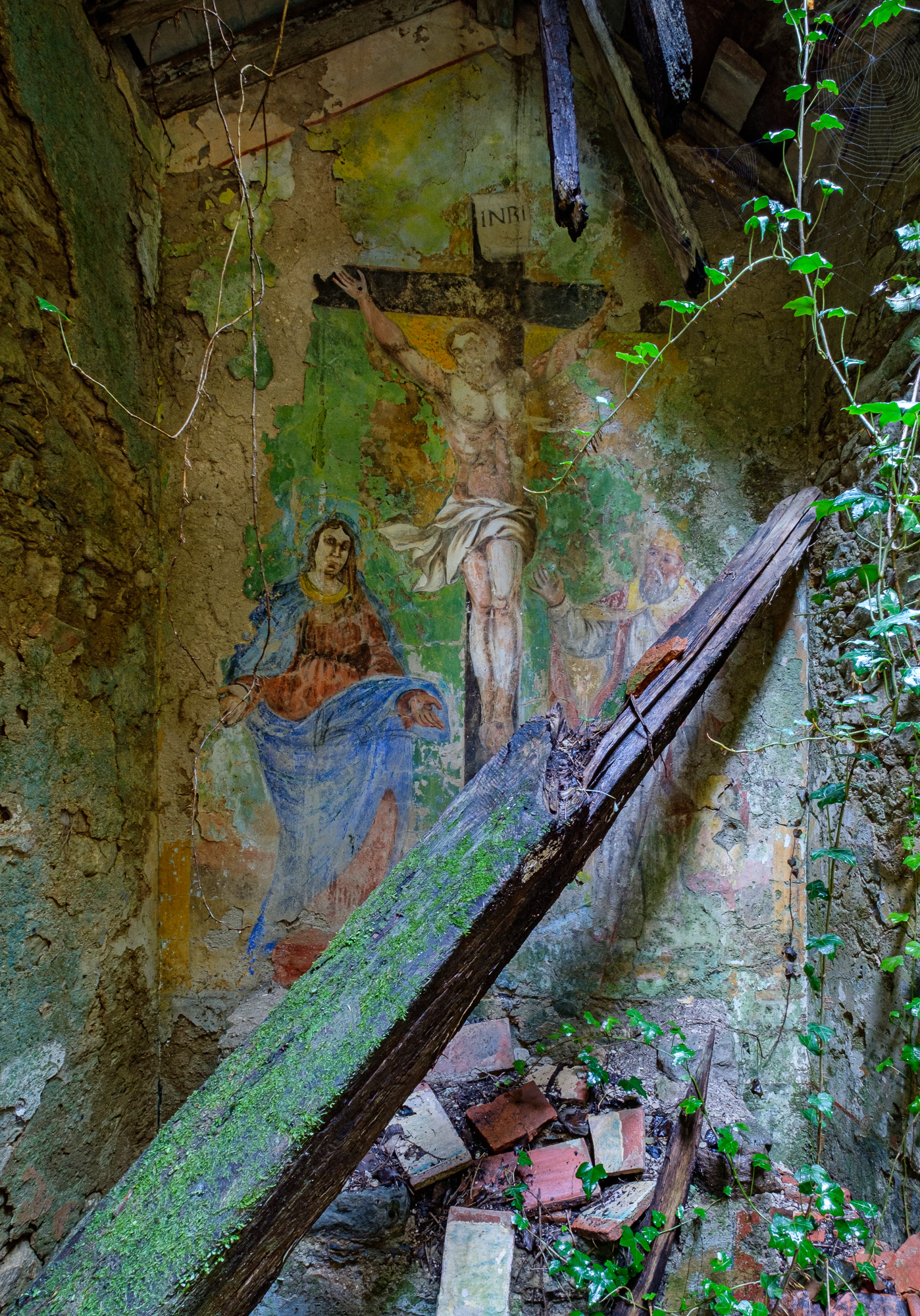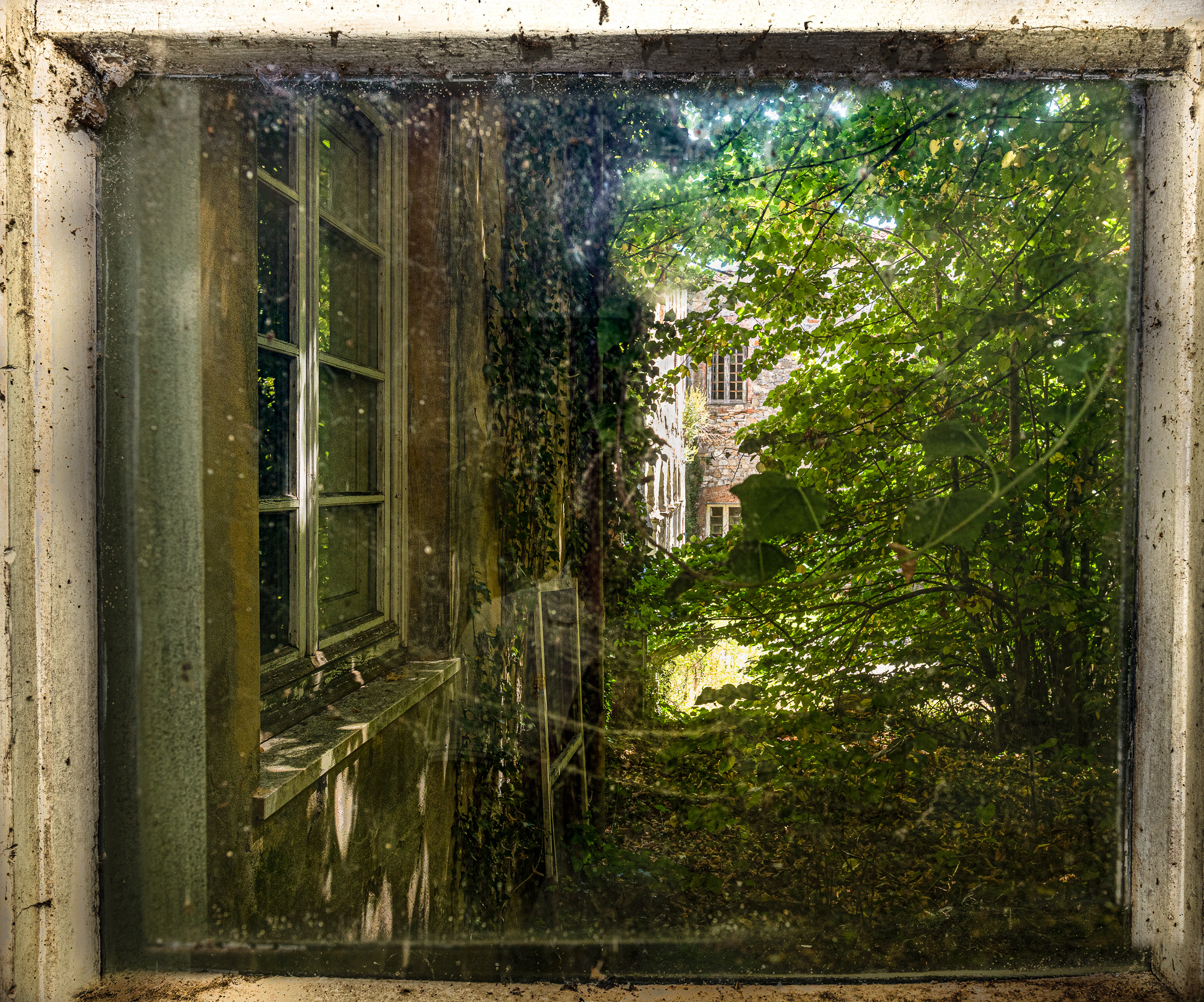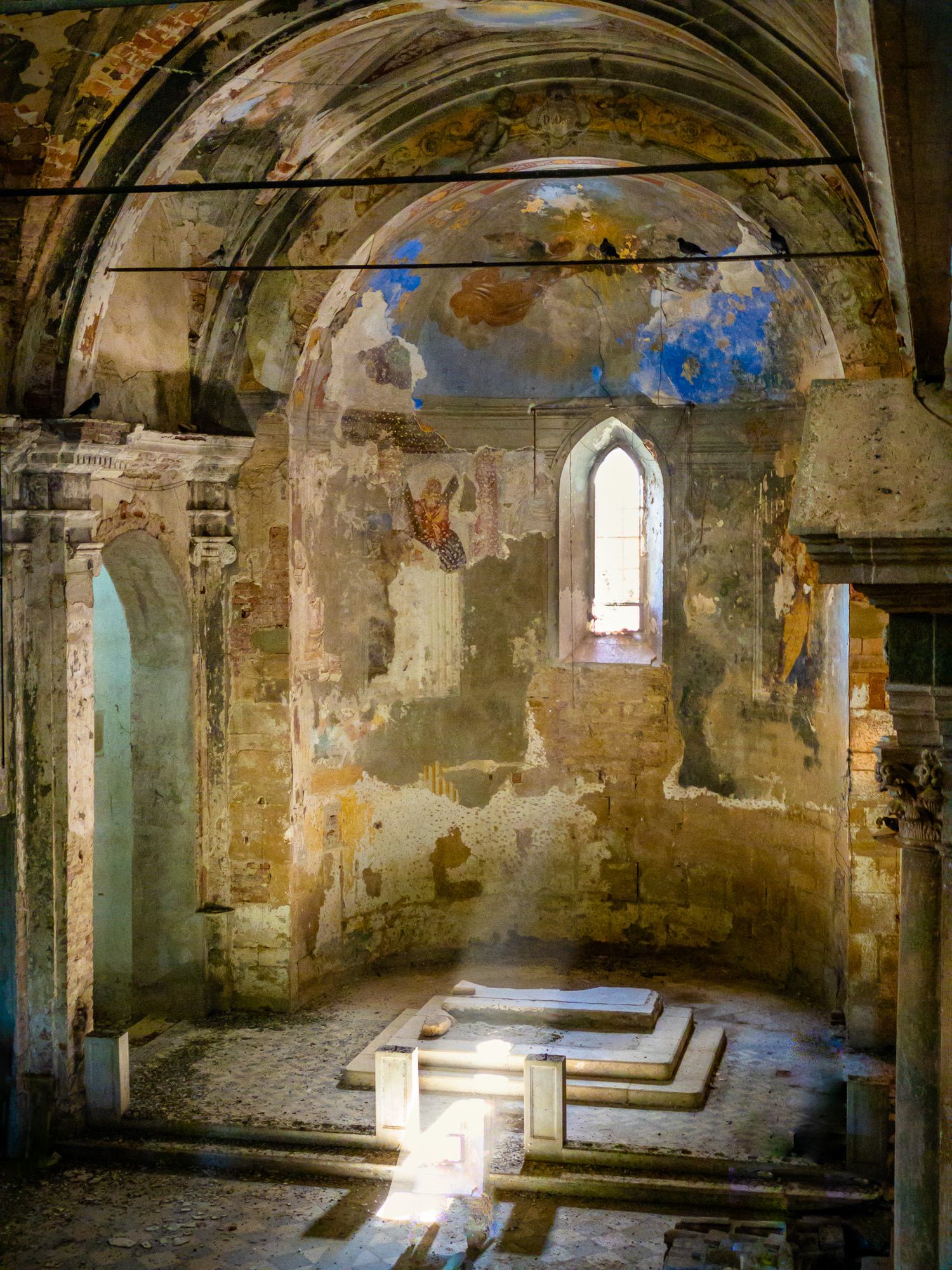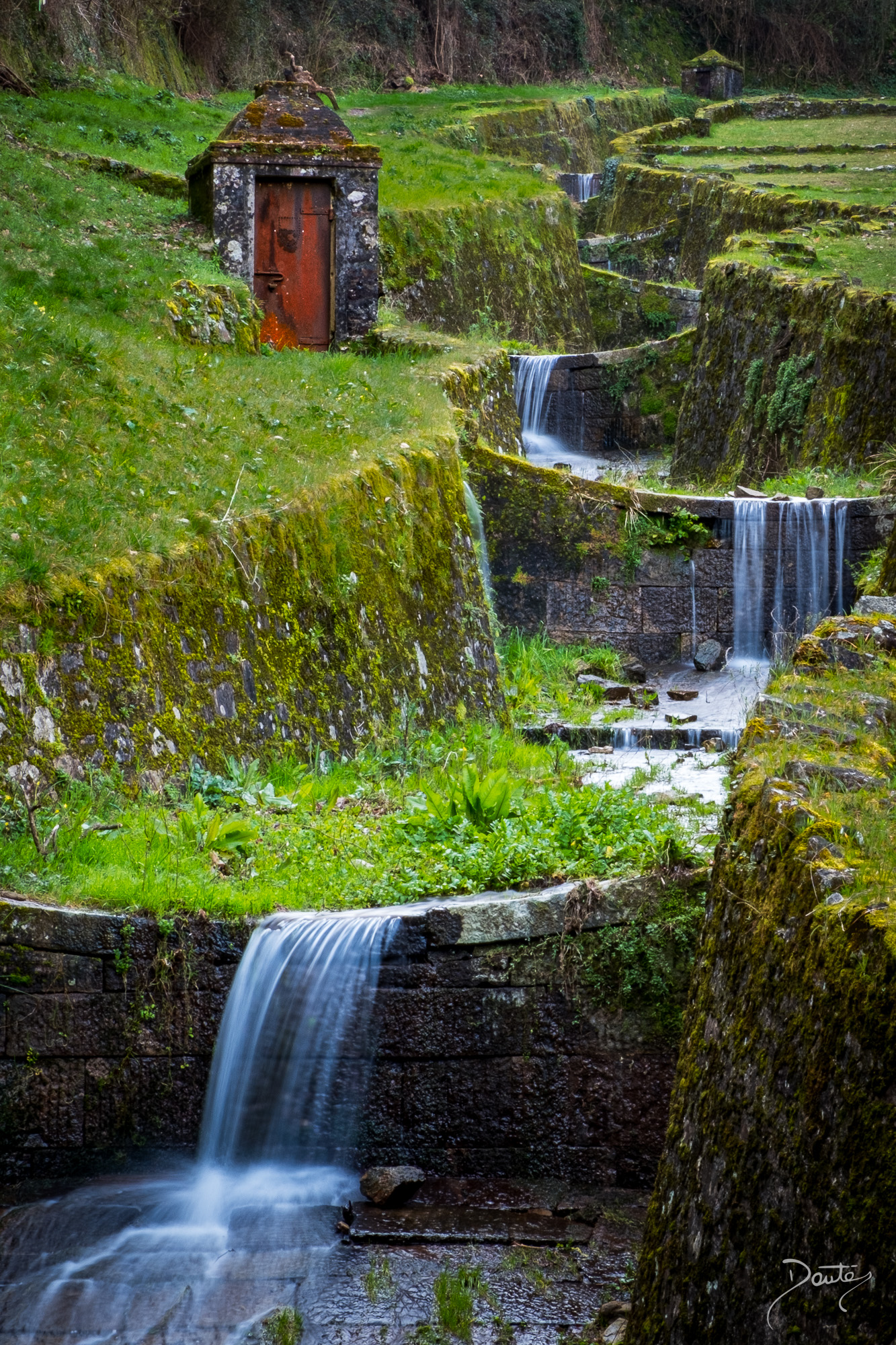“Nature comes to the rescue of every abandonment and, where everything is lacking, it gives itself back whole, blossoms and green again on all the ruins: it has ivy for stones and love for men. Profound generosity of the shadow “.
Victor Hugo
This consideration of Victor Hugo in the novel The Man Who Laughs comes back to memory by observing the photographs that Dantès (Dante Luci) collected in the fascinating exhibition The Eye of Time.
Reportage that he produced “L’Occhio del Tempo”, a photographic exhibition with 56 photographs and a book. For a journey of over 10 years during which thousands of photographic images were taken which in turn produced dozens and dozens of reportages, such as “The Old Paper Mills”, the “Paths of Abandonment”, “The Psychiatric Hospital of Maggiano “,” The Old Mines “,” Michelangelo’s Quarries “,” La Via delle Acque “… and many more.
In these abandoned places, nature takes back the lost spaces: old houses, small churches, buildings once used for productive activities covered with plants, leaves, grass, moss. A sort of re-naturalization of otherwise precluded spaces
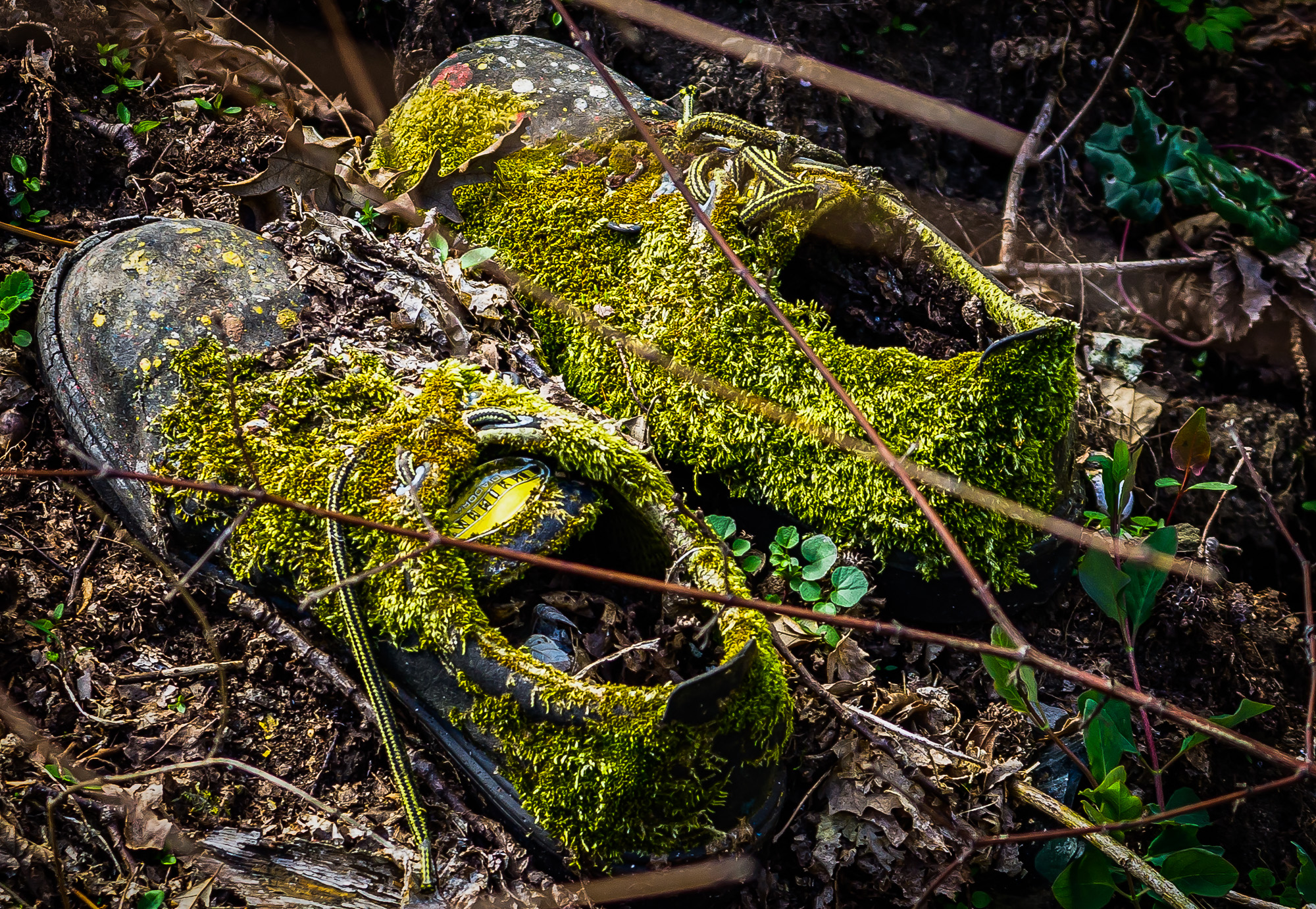
Places considered by man to be useless and fruitless are a heritage that nature is able to recycle, we could even say to regenerate: where man abandons, nature gives new life, even if at a superficial glance it may not appear so. The salvation of the world is in the wilderness, says the American philosopher Henry David Thoreau, who teaches us to live in places and not just to occupy them.
As nature covers stones with ivy, for Hugo, nature pours out love for men, it is their source of life. Reason to protect it more and more, instead of defacing and scarring it.
The photographs of Dantès, taken in various places in the Province of Lucca, particular, original, suggestive, the result of a long and passionate research work, in addition to being appreciated for the artistic aspect, also represent a message of hope for the future with their invitation to observe the environment, love it and take care of it.

